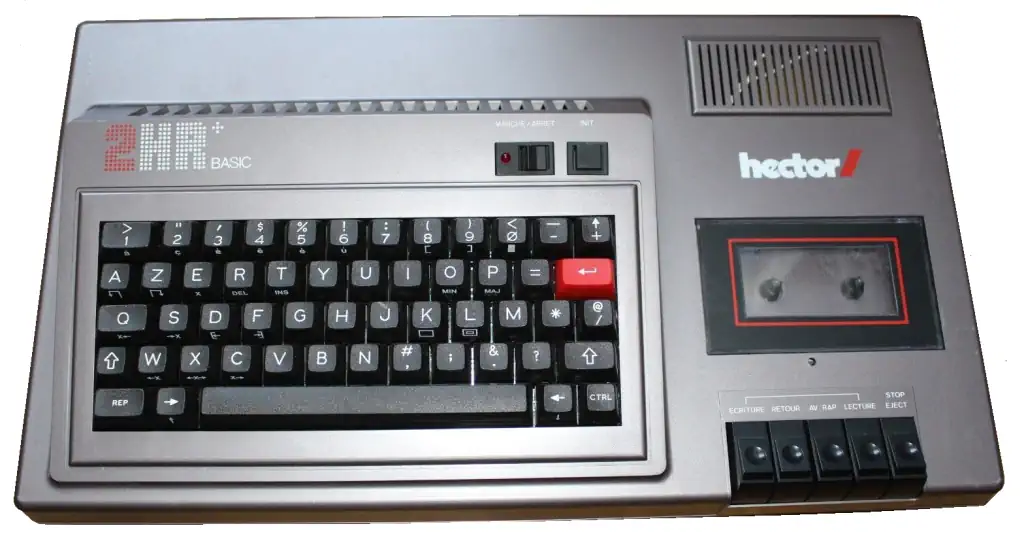Hector 2HR+ BASIC
The Hector 2HR+ was released in 1983 and is very similar to the Hector 2HR. The Victor name was now completely abandoned, so no Victor version of this machine exists.
In the 2HR+ the ROM was expanded to include the BASIC Level III programming language. This meant that the user did not have to first sit and wait until BASIC was loaded from tape before they could do something useful with the computer.
THe machine was in other aspects the same as its predecessor, it had the same graphics and text capabilities, included the SN76477 Sound generator for one voice sound, had SECAM and RGB video outs, a centronics port, a built-in cassette recorder, two joystick ports and a port for an external disk drive.
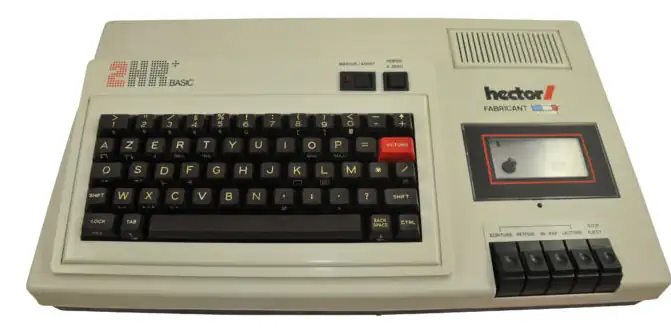
SN76477 Complex Sound Generator
The SN76477 is a sound chip produced by Texas instruments in 1978. This chip was used as the sound generator in arcade games, toys and home computers.
The SN76477 generates complex audio signal waveforms by combining the outputs of a low frequency oscillator, variable frequency (voltage controlled) oscillator (VCO) and noise source, modulating the resulting composite signal with a selected envelope and, finally, adjusting the signal's attack and decay periods. At each stage, the process can be controlled at the programming inputs of the signal modification and generation circuits, using control voltages, logic levels, or different resistor and capacitor values.
Texas Instruments SN76477 Sound Chip
The Texas Instruments SN76477 Complex Sound Generator is a sound chip produced in 1978. The chip was used in several arcade games, toys, computers and in hobby projects. The musical ability of this chip was limited due to the difficulties in controlling the pitch of the sound it produced.
The SN76477 generates complex audio signal waveforms by combining the outputs of a low frequency oscillator, variable frequency (voltage controlled) oscillator (VCO) and noise source, modulating the resulting composite signal with a selected envelope and, finally, adjusting the signal's attack and decay periods. At each stage, the process can be controlled at the programming inputs of the signal modification and generation circuits, using control voltages, logic levels, or different resistor and capacitor values.
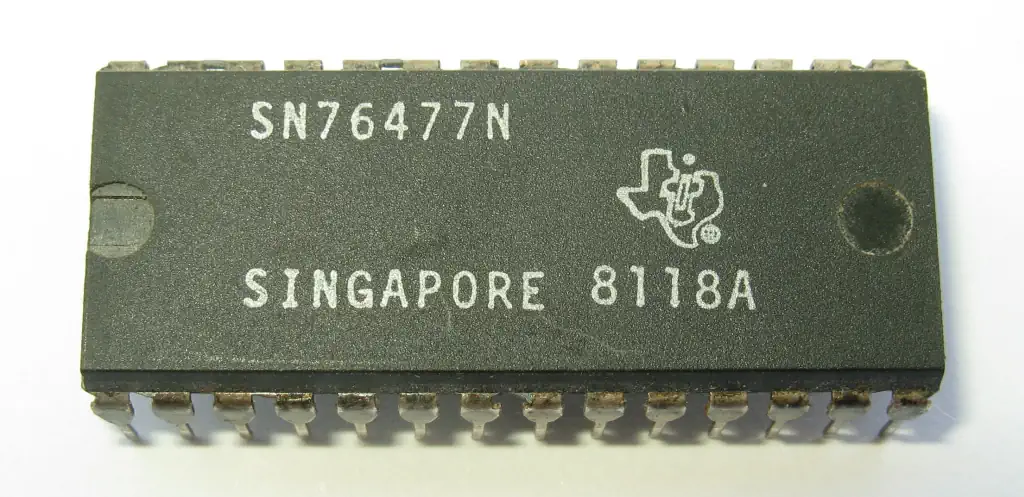
CPU View - Zilog Z80 Family
The Z80 quickly became popular in the personal computer market, with many early personal computers, such as the TRS-80 and Sinclair ZX80, using the Z80 as their central processing unit (CPU). It was also widely used in home computers, such as the MSX range, SORD, and the Amstrad CPC, as well as in many arcade games. Additionally, it was also used in other applications such as industrial control systems, and embedded systems. The Z80 was widely used until the mid-1980s, when it was gradually replaced by newer microprocessors such as the Intel 80286 and the Motorola 68000.
The Z80 microprocessor was developed by Zilog, a company founded by Federico Faggin in 1974. The Z80 was released in July 1976, as a successor to the Intel 8080. It was designed to be fully compatible with the 8080, but also included new features such as an improved instruction set, more powerful interrupts, and a more sophisticated memory management system.
The Z80 quickly became popular in the personal computer
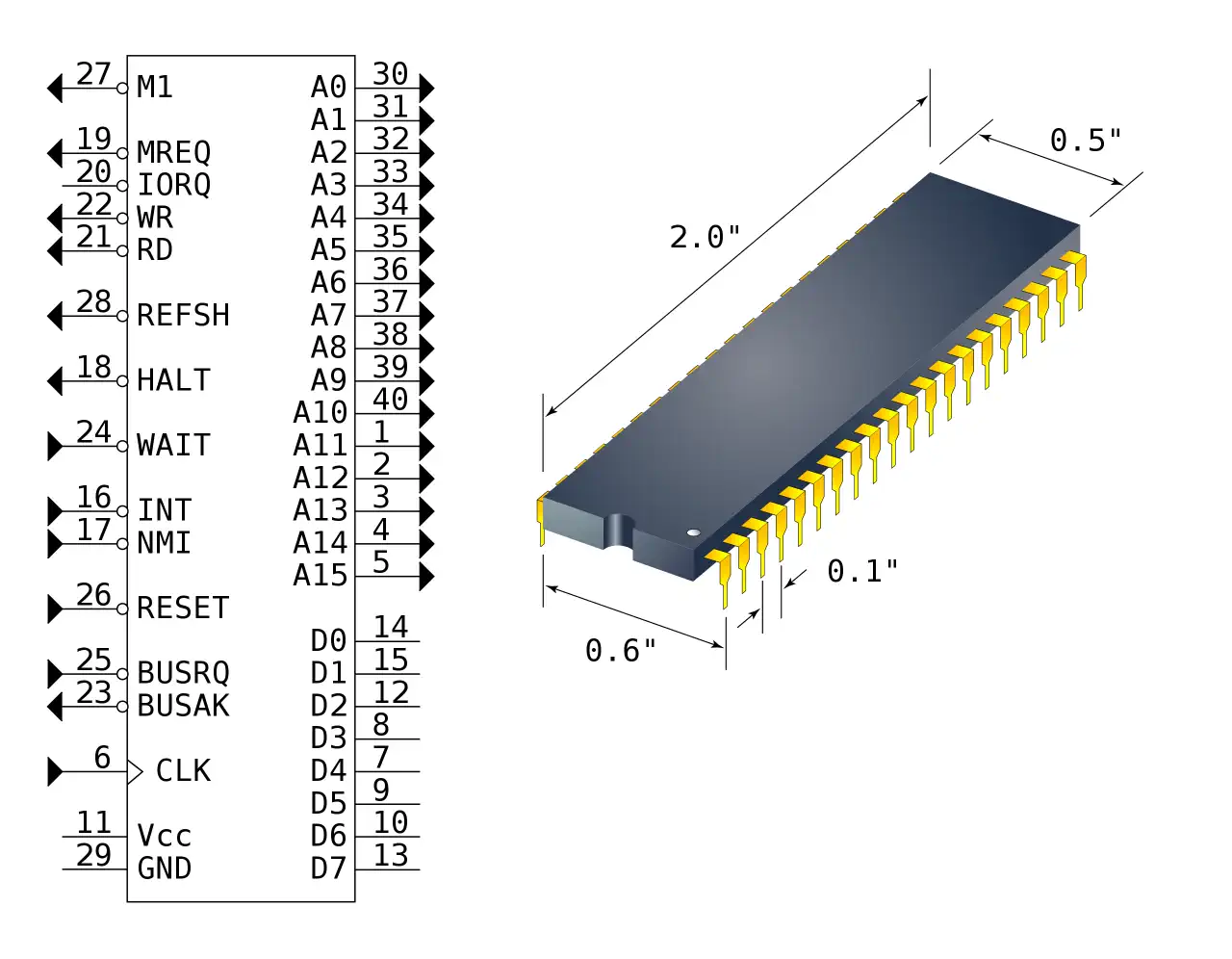
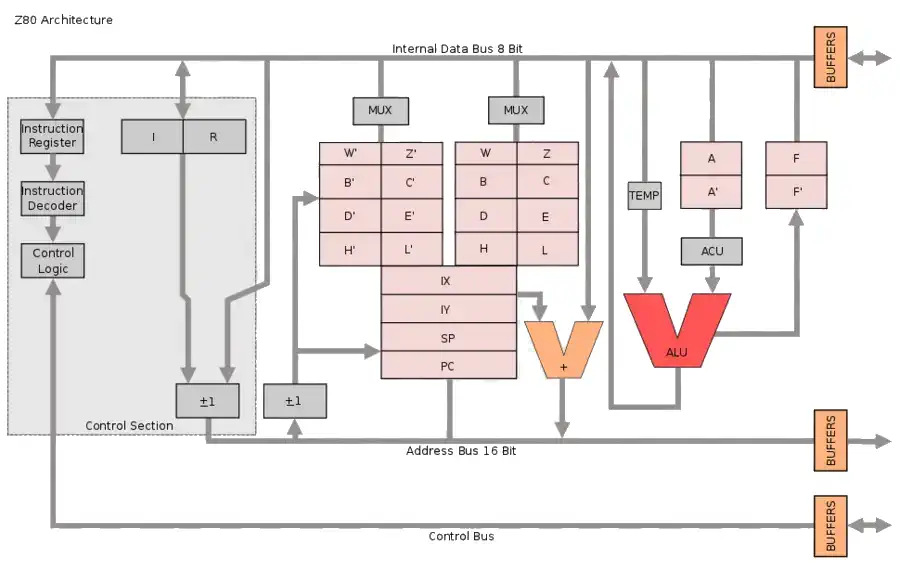
RAM max: 64kB
ROM: 16kB Sound Chip TI SN76477 Sound Generator Sound 1Voice, 4 Octaves sound Display 40x22 text in 8 colors
112x78 in 8 colors
243x231 in 4 colors Best Text 40x22 Best Color 8 colors Graphics 243x231 Sprites none System OS BASIC Level III Storage 1500 Baud Internal Cassette drive
